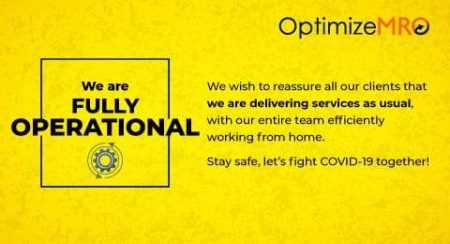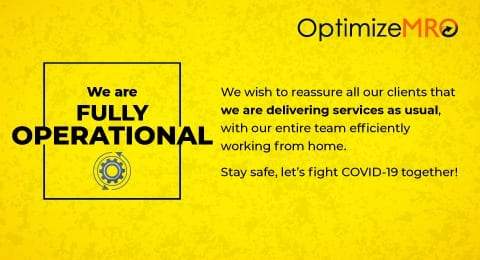
The DAMA-DMBOK (Data Management Body of Knowledge) is a widely recognized framework created by DAMA International to guide organizations in managing data as a strategic asset. It provides best practices and structured approaches across various aspects of data management, ensuring data quality, accessibility, and compliance. Below, we explore its core components, benefits, and practical applications.
Key Components of DAMA-DMBOK
1. Data Management Knowledge Areas
DAMA-DMBOK is organized into ten essential areas, each addressing a different aspect of data management:
- Data Governance: Establishes policies and standards to manage data as a valuable organizational asset.
- Data Architecture: Focuses on the design and upkeep of data structures within the organization.
- Data Modeling and Design: Develops and maintains data models to support operational needs.
- Data Storage and Operations: Oversees data storage, retrieval, and maintenance activities.
- Data Security: Protects data from unauthorized access, ensuring compliance with regulatory requirements.
- Data Integration and Interoperability: Enables seamless use of multiple data sources together.
- Documents and Content Management: Manages unstructured data, such as documents and multimedia.
- Reference and Master Data: Maintains core data entities to ensure organizational consistency.
- Data Warehousing and Business Intelligence: Supports decision-making through analysis and reporting tools.
- Metadata Management: Manages “data about data,” providing essential documentation for data assets.
2. Data Quality Management
Data quality is a fundamental focus within the DAMA-DMBOK framework, as high-quality data is critical for reliable decision-making. It includes several dimensions:
- Accuracy: Data should correctly represent real-world entities.
- Completeness: All necessary data must be available.
- Consistency: Data should remain uniform across systems and sources.
- Timeliness: Data should be up-to-date and accessible when needed.
- Validity: Data must adhere to defined formats and standards.
- Uniqueness: Duplicate data entries should be avoided.
3. Data Quality Management Process
DAMA-DMBOK outlines a clear process to manage data quality, which includes:
- Define: Set specific data quality goals and metrics.
- Measure: Assess current data quality through profiling and audits.
- Analyze: Identify the root causes of data quality issues.
- Improve: Implement strategies, such as data cleansing and enrichment, to enhance quality.
- Control: Continuously monitor data quality for ongoing improvement.
4. Roles and Responsibilities
The framework emphasizes assigning clear roles to manage data quality effectively:
- Data Stewards: Responsible for the quality of specific data domains.
- Data Quality Analysts: Dedicated to assessing and improving data quality.
- Data Governance Committee: Oversees governance and quality initiatives.
Benefits of Implementing DAMA-DMBOK
- Comprehensive Approach: Covers all facets of data management, offering a holistic view of managing data assets.
- Industry Standard: Recognized globally as a best-practice framework.
- Flexible: Adaptable to meet the unique needs of different industries and organizations.
- Continuous Improvement: Promotes ongoing monitoring and enhancement of data quality.
Practical Implementation of DAMA-DMBOK
Organizations can successfully implement the DAMA-DMBOK framework by:
- Training and Certification: Providing certification and training based on DAMA-DMBOK helps ensure teams are proficient in the framework.
- Customization: Tailoring the framework to align with the organization’s specific goals and requirements.
At OptimizeMRO, we leverage the DAMA-DMBOK framework to help organizations align their data management practices with industry standards. Through its structured approach, our clients benefit from improved data quality, better-informed decision-making, and enhanced operational efficiency.
By implementing DAMA-DMBOK, organizations can optimize their data assets, creating a solid foundation for sustained growth and innovation in a data-driven landscape.


